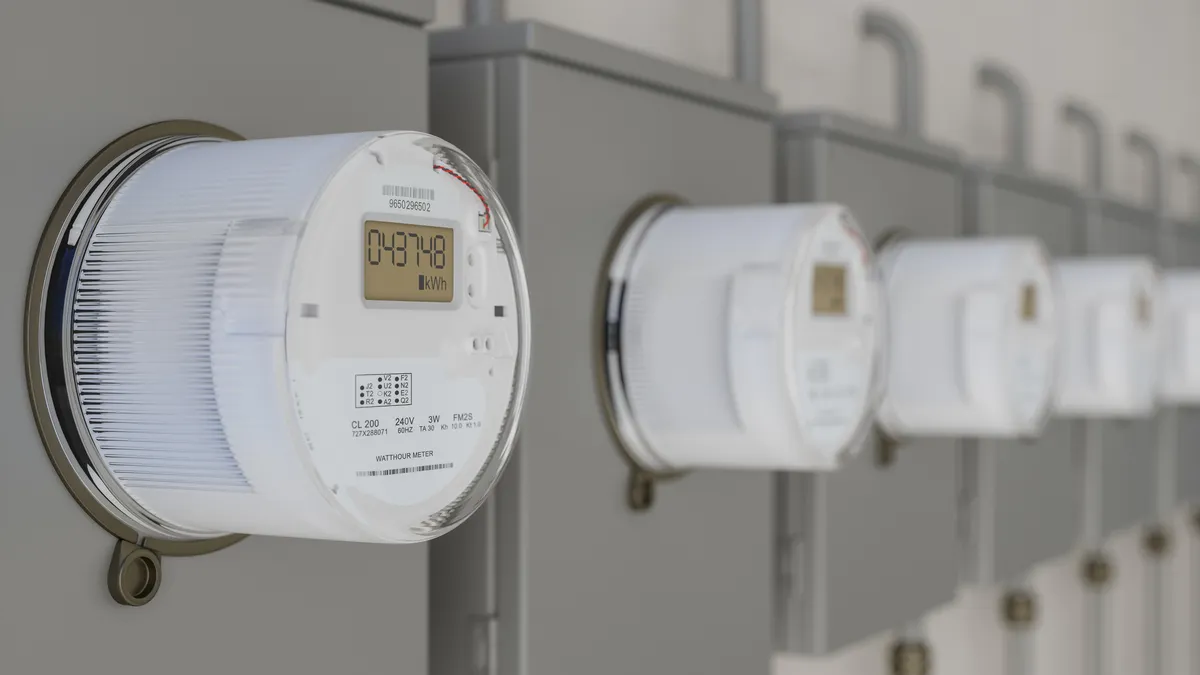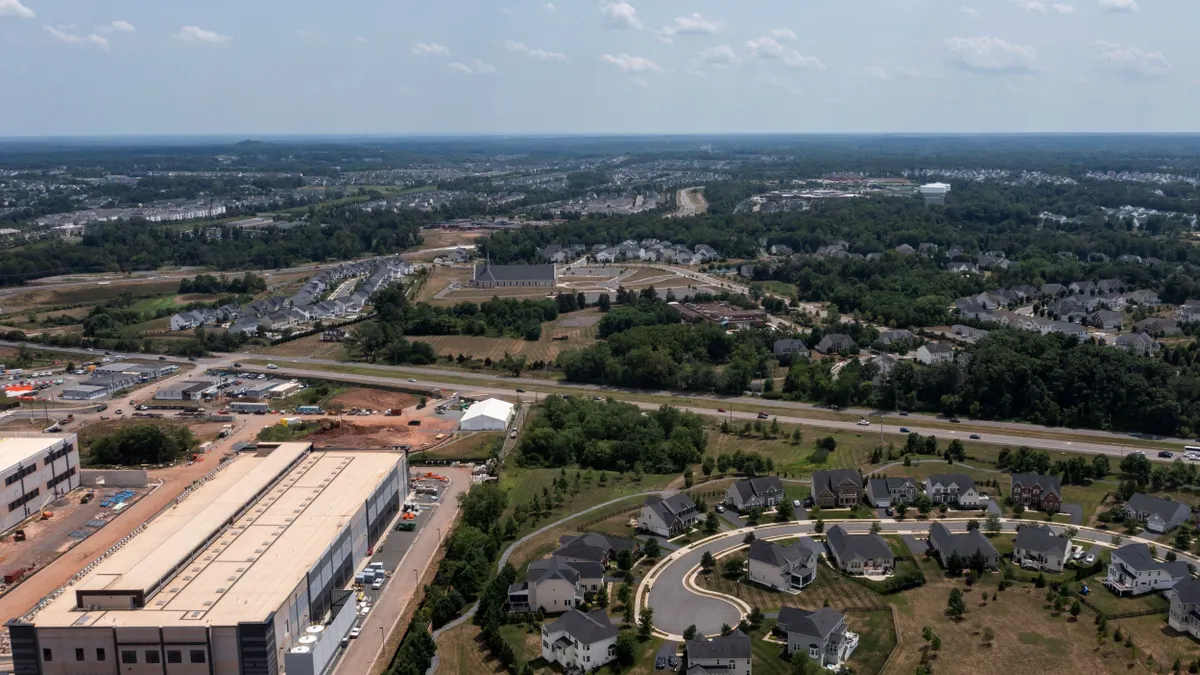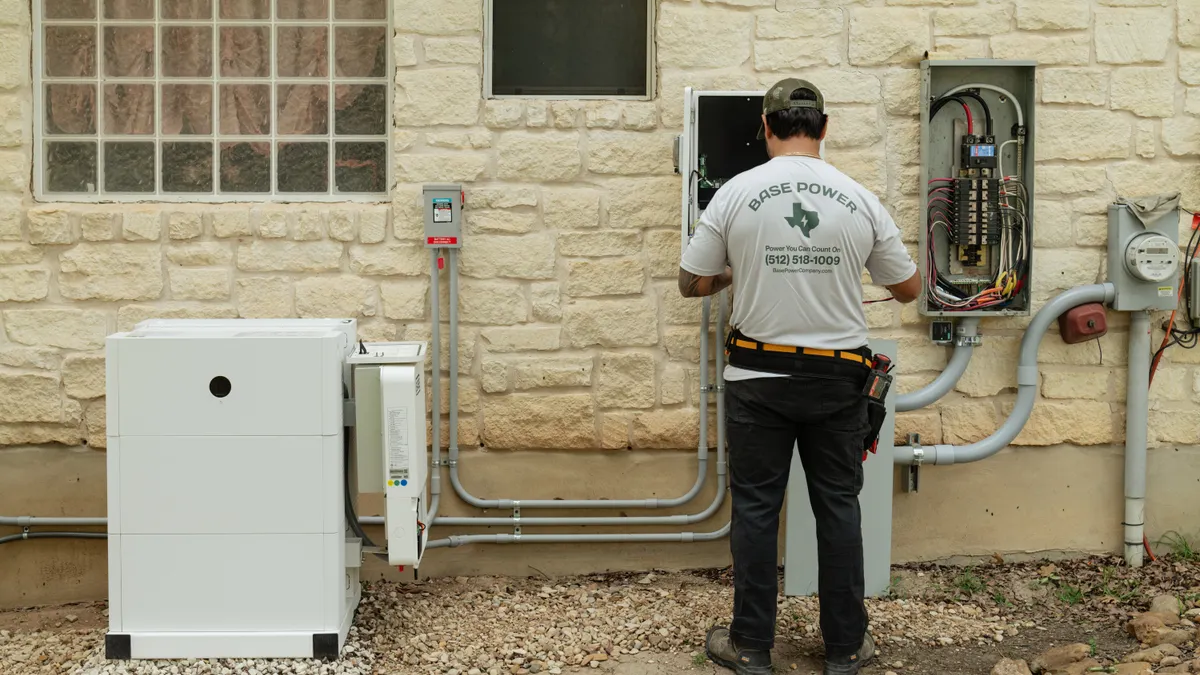A combination of legal and regulatory action could move Pennsylvania toward new utility business models, though not without debate.
Pennsylvania lawmakers passed Act 58 (House Bill 1782) into law in June, which allows the Pennsylvania Public Utility Commission (PPUC) to approve rate mechanisms that have been under study in an alternative rate mechanisms proceeding since 2015. The Act allows for more ratemaking flexibility than the proceeding, including revenue decoupling, performance-based rates, formula rates and multiyear rate plans.
Regulators in May released a commission policy statement about the rate mechanisms that utilities say is a distraction from actually implementing Act 58. Participants in the proceeding told Utility Dive the Act could potentially better align utility earning opportunities with customer demand.
"Utilities are facing demand destruction, but the rate mechanisms in the law and the statement can be tools with which utilities change the way they do business."

Andrew Place
Commissioner, PPUC
Other stakeholders, including clean energy advocates, say the commission's policy statement should be rewritten to guide utilities toward the best use of the new mechanisms in ways that could drive adoption of new technologies like distributed energy resources (DER) and electric vehicles.
There is "complexity" in the policy statement's "proposals and concepts" that commissioners should set aside until the legislators' directive to implement the Act is met, according to the Energy Association of Pennsylvania (EAP), which represents the state's utilities. Implementing the Act would include clear direction on when and how the new mechanisms can be used and when and how utilities should inform customers about their proposed use.
The PPUC's proposed policy statement "does not reflect the breadth of possible mechanisms envisioned by the General Assembly," EAP added. The commission should, therefore, "now be dedicated to implementation of Act 58."
"It is an accident of history that these two efforts overlap, and we now need to fit them together," Commissioner Andrew Place, Vice Chair of the PPUC, told Utility Dive. "Utilities are facing demand destruction, but the rate mechanisms in the law and the statement can be tools with which utilities change the way they do business."
The PPUC could set its statement aside, or it could further explore innovative ratemaking options based on input from utilities and stakeholders. Its choice could determine how effectively the state's utilities resolve demand destruction and move toward innovative business practices.
The law
Act 58 allows utilities "to change how they generate the approved level of earnings, while adapting to new technologies," Rep. Sheryl Delozier, R-Pa., the bill's primary sponsor, said in a statement when it became law.
"Just and reasonable rates" that lead to "innovations in utility operations" are "in the public interest," the text of Act 58 begins. It defines four specific mechanisms: revenue decoupling, performance-based rates, formula rates and multiyear rate plans. But it also allows utilities to be innovative in how they use DER and other energy efficiency technologies to derive earnings through combined rates and other ratemaking mechanisms.
At the Act's passage, PPL Electric Utilities endorsed the use of the mechanisms. But its filing said the policy statement was "premature to apply a level of specificity to complex issues that are not yet ripe."
Though PECO, PPL and other Pennsylvania utilities say the policy statement is not consistent with the Act, the commissioner disagrees. "The policy statement is intended to put a finer point on the statutory framework that the legislation lays out," Place said. "But we will look carefully at the stakeholders' comments."
The policy statement
"The policy statement outlines the commission's opinion of the value of some alternative rate methodologies described in Act 58," Place said. "It also describes how they can be used in ratemaking and rate design and illustrates ways utilities might propose them in base rate cases."
The commission's filing in the alternative rate mechanisms docket includes a description of the mechanisms and the proposed policy statement which, if approved by the commission, would become a Pennsylvania regulation.
The policy statement invites utilities to use their current rate cases to propose incentives for meeting policy objectives and proposes principles to guide utility rate proposals including "variations of demand‑based and time‑of‑use pricing options." It also offers 13 "relevant factors for rates," which include considerations of the utility business model, cost shifting, use of energy efficiency, DER and low-income customer protections.
"We want to embrace new technologies, because they allow customers to take control of their energy bills," Place said. "But we need to also preserve the financial viability of our utilities."
The statement addresses these dual purposes, warning that increased adoption of DER and electric vehicles would increase peak demand spikes and threaten higher distribution rates. But it adds that utilities can meet this threat with technologies such as advanced metering and DER.
In their filings, several utilities found the statement too heavy-handed. "Presuming that every utility proposal 'should' relate to each of the 13 factors is not consistent with the policies of Act 58 or the commission's flexible approach," PECO wrote.
The statement is written to "avoid being prescriptive and unintentionally limiting utilities' innovation," Place responded. "The idea was to provide generic tools, get proposals from the utilities and develop them in their base rate cases."
"It is possible for the commission to signal a strong policy preference for time varying rates, but not be prescriptive."

Mark Szybist
Senior attorney, NRDC
A utility might propose a three-part rate but "specifics of the time varying rates, like the time and duration of the peak, are intentionally left to the utility," Place said. "The utility is in the driver's seat on long-term investment decisions and how to turn policy into rates because there is not any one answer."
Outside the proposed statement, the PPUC filing offers lengthier views of "alternative rate methodologies" drawn from stakeholder filings in the docket. Those filings show support for moving to mechanisms that support efficiency programs and DER and protect utility revenue, but "there is no consensus as to which method should be used," the PPUC notes.
"We wanted it to be unambiguously clear that it will be up to utilities to propose alternative rate designs and ratemaking methodologies," Place said. The content of the filing and the proposed policy statement are there "for illustrative purposes only."
A request for guidance
Clean energy advocates see the mechanisms as a way to align utility incentives with the policy goal of reducing emissions through increased use of new technologies. And they want to see the commission take charge.
The PPUC should provide "as much detailed guidance as possible to the utilities," according to the Advanced Energy Economy Institute (AEE) filing. The Act described "new opportunities" but does not identify them or prioritize their importance, it adds.
"The guidance would provide boundaries and guidelines," AEE VP Ryan Katofsky told Utility Dive. "That would make addressing each rate case's performance incentive easier."
Putting the policy statement together with the Act opens the door to the utility business model of the future, Katofsky.
The time varying rates suggested in the policy statement's rate design illustration could encourage "strategic utility investments" for "electrifying Pennsylvania's transportation and building sectors," according to a joint filing from Natural Resources Defense Council (NRDC), Sierra Club and Clean Air Council.
Act 58 "opened many possibilities and the commission should provide direction or there will be too much uncertainty," NRDC Senior Attorney Mark Szybist told Utility Dive. "It is possible for the commission to signal a strong policy preference for time varying rates, but not be prescriptive. It would also fulfill the commission's constitutional obligation to protect the Commonwealth's air quality."
Policies that support transportation electrification through time varying rates could increase utility revenues without proportional increases to utility costs, which would "shield all utility customers from electricity rate increases," a separate NRDC filing adds.
However, Pennsylvania's regulated utilities largely reject the idea of any need for commission guidance.
Flawed and in conflict?
PECO, PPL and Duquesne Light all note in their filings that the level of complexity within the policy statement will make it difficult to implement the Act, and utilities want minimal regulatory oversight in their processes to maximize innovation. PECO suggests the commission rework the statement, limiting its specificity and allowing the mechanisms to "reflect each utility's unique circumstances."
PECO "is thinking more broadly about what customers want, and where emerging technologies will take the utility."

Richard Websted
VP, PECO
The proposed policy statement is "flawed and in conflict" with Act 58, according to PPL's filing. Rates are "often part art and part science" and codifying "particular methods lends itself to narrowly defined conditions that will become quickly outdated in a rapidly changing industry."
PECO "is thinking more broadly about what customers want and where emerging technologies will take the utility," VP Richard Webster told Utility Dive. The general dialogue around the policy statement and the Act do, however, "position Pennsylvania for the future."
AEE's Katofsky agreed that the policy statement should address "the bigger picture" and how an "evolving business model" can move utilities to "where customers are going" and "where the technology is taking us."
"We know utilities understand the technological complexity that has replaced the old utility business model, and want a new approach," PPUC's Place said. "We will reconsider the policy statement after we review our stakeholders' comments."
Final comments on the filings that address the policy statement and the Act are due November 20.




















